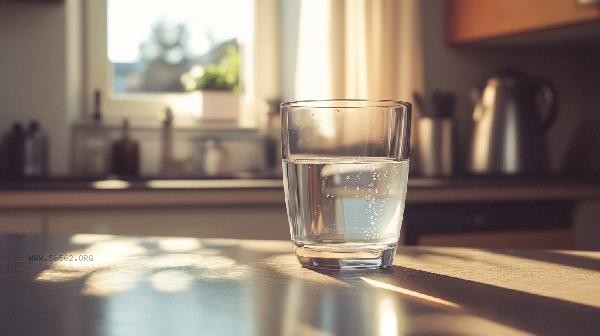High osmotic pressure can cause water loss rather than absorption. Osmotic pressure refers to the attraction of solutes in a solution to water molecules. When the osmotic pressure of extracellular fluid is higher than that of intracellular fluid, water will flow from the inside of the cell to the outside, causing cell dehydration. The high or low osmotic pressure directly affects the direction of water movement. Under normal circumstances, the osmotic pressure inside and outside the cell remains balanced, and water entering and leaving the cell is in a dynamic equilibrium state. When the osmotic pressure of extracellular fluid increases, it means that the concentration of extracellular solutes increases, which enhances the attraction to water molecules. At this point, intracellular water will permeate outward through the cell membrane to dilute high concentrations of solutes outside the cell, resulting in a decrease in intracellular water. This dehydration phenomenon is common in hypertonic dehydration, such as failure to replenish water in time after a lot of sweating, severe diarrhea or diabetes hyperglycemia. After dehydration, the cell volume shrinks, which may cause symptoms such as thirst, decreased skin elasticity, and reduced urine output. On the contrary, if the osmotic pressure of extracellular fluid is lower than that of intracellular fluid, water will flow from the extracellular fluid to the intracellular fluid, causing the cell to absorb water and swell. But the title clearly asks about high osmotic pressure, at which point only water loss will occur. Imbalance of osmotic pressure needs to be corrected in a timely manner to avoid electrolyte imbalance or organ dysfunction caused by continuous dehydration. In daily life, it is necessary to replenish water reasonably according to activity intensity and environmental temperature. When there is continuous thirst or darkening urine color, one should be alert to abnormal osmotic pressure. Maintaining normal osmotic pressure is crucial for physiological function. In addition to timely hydration, electrolyte containing beverages should be supplemented appropriately in high-temperature environments or after exercise to avoid drinking large amounts of pure water, which can lead to low permeability. If the osmotic pressure is abnormal due to diseases, such as diabetes or kidney disease, it is necessary to adjust the water and salt intake and treat the primary disease under the guidance of the doctor. Regular physical examinations focusing on indicators such as blood sodium and blood sugar can also help detect the risk of osmotic pressure imbalance early.











Comments (0)
Leave a Comment
No comments yet
Be the first to share your thoughts!